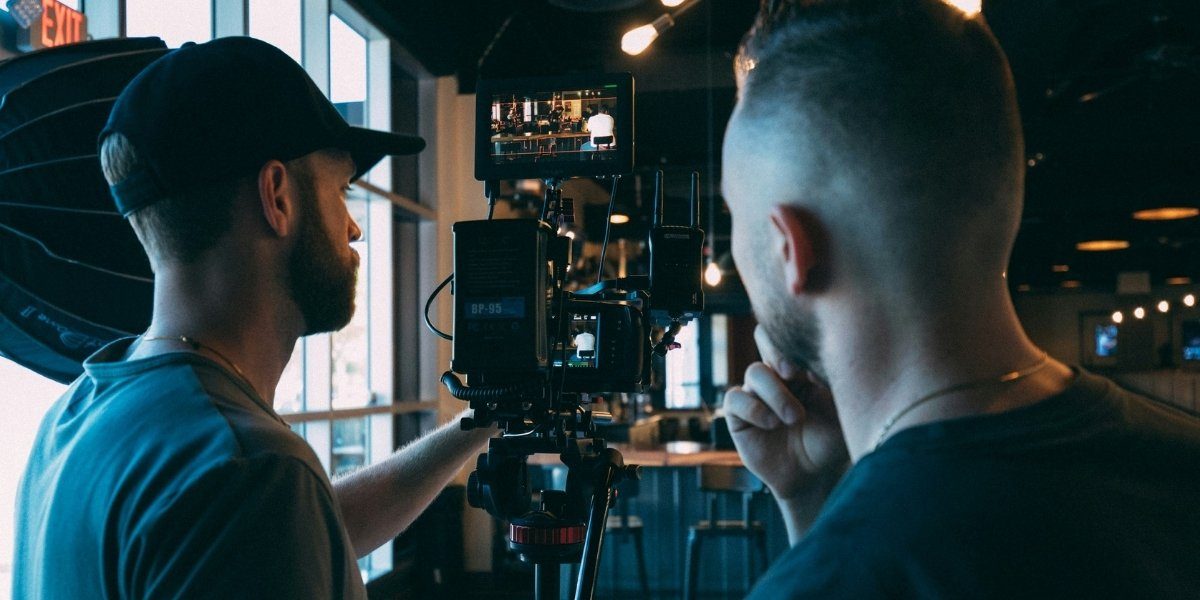Conceptualization and Storytelling
The foundation of any compelling commercial or advertisement lies in a strong concept and storytelling. This initial stage involves translating a marketing brief into a visual narrative that will resonate with the target audience and deliver the desired message. The process starts with brainstorming ideas, where the creative team develops several concepts that align with the brand’s objectives.
Storyboards are a crucial tool in this phase, helping the team visualize the ad from start to finish. Scripts are crafted to define the dialogue, timing, and action, all while ensuring the message is clear and impactful. Understanding the target audience is key here; the tone, style, and content of the ad must be tailored to the demographics, interests, and values of the viewers.
Once the conceptual framework is established, it’s important to refine the brand message—whether it’s promoting a new product, reinforcing brand identity, or generating an emotional connection. The commercial’s story should be compelling enough to engage viewers and persuade them to take action, whether it’s making a purchase, visiting a website, or sharing the ad.
Visual Aesthetics and Branding
Visual aesthetics play a vital role in advertising because they establish the mood, tone, and overall look of the ad. From cinematography to set design, every visual element works together to reflect the brand’s identity and convey the intended message. Whether the ad is minimalist or vibrant, luxurious or relatable, the visual style should align with the brand’s core values and appeal to its target audience.
Lighting, for instance, can drastically alter the mood of a scene—bright, high-key lighting may evoke a sense of positivity, while darker, low-key lighting can create drama or mystery. The color palette also has a significant impact on how the audience feels and connects with the brand; bold reds and blues may convey excitement, while pastels can suggest tranquility and calm.
In terms of branding, the logo, product placement, and consistent color schemes should all be strategically featured to reinforce brand recognition. The wardrobe and set design should also align with the brand’s image, ensuring that the commercial visually embodies the lifestyle or values that the brand represents.
Technical Expertise and Innovation
Producing a high-quality commercial requires a deep understanding of various technical aspects. Camera operation, sound recording, and grip and electric work are all essential components that contribute to the final look and sound of the ad. A skilled director of photography (DP) works closely with the director to decide the best shots, angles, and movements that will help tell the story most effectively.
In recent years, cutting-edge technologies have revolutionized the commercial production process. CGI (computer-generated imagery) allows for the creation of stunning visual effects that would be impossible to achieve otherwise, while motion control technology enables seamless camera movements that create precise, repeatable shots. These tools allow for creative innovation, giving directors the ability to push the boundaries of what’s possible and make their vision come to life in new and exciting ways.
Sound design is another integral aspect of commercial production. The right sound effects, music, and voiceovers can elevate the emotional impact of an ad, enhancing its overall effectiveness. Music, in particular, has the power to trigger emotions and create memorable associations with a brand, so choosing the right track is key.
Directing and Performance
The director plays a crucial role in ensuring the ad’s creative vision is brought to life on screen. A director works with the entire creative team, including the DP, actors, producers, and editors, to ensure that each element of the commercial is aligned with the concept and brand messaging.
Guiding on-screen talent, whether actors, models, or everyday people, is one of the director’s primary tasks. The director must ensure that the performances are authentic, engaging, and convey the right emotions that resonate with the audience. For example, a commercial for a luxury product may require a more sophisticated, nuanced performance, while a family-friendly ad may call for warmth and relatability.
In addition to managing talent, the director oversees the technical aspects of the shoot, ensuring that each shot captures the desired aesthetic and tone. Communication is essential here; the director must effectively convey their vision to the crew and talent, making adjustments as needed to ensure the final product aligns with the concept.
Pre-Production Planning and Logistics
Successful commercial production requires careful pre-production planning. This phase involves everything from location scouting and casting to scheduling and budgeting. In places where the entertainment industry is vibrant and constantly growing, understanding local regulations and acquiring necessary permits are critical to the production process.
Location scouting ensures that the environment fits the narrative of the ad. Whether filming in a bustling city or a serene countryside, the location must help tell the story and align with the brand’s message. Casting is equally important, as the right talent will bring authenticity and relatability to the performance.
Scheduling and budgeting also play a significant role. Commercial shoots are often time-sensitive, requiring careful coordination of crew, talent, equipment, and location availability. Budgeting ensures that funds are allocated appropriately to cover all aspects of production, from equipment rental to post-production costs.
Post-Production Polish and Impact
Once the filming is complete, the post-production process begins. Editing is where the footage is assembled into the final commercial, shaping the pacing, structure, and flow of the story. Color correction is used to enhance the visual appeal and ensure consistency across shots, while sound design adds depth and clarity to the audio.
In today’s digital age, visual effects (VFX) can be integrated to enhance the visual storytelling. Whether it’s adding CGI elements or creating stunning transitions, VFX ensures the commercial stands out and captures the viewer’s attention. The final step in post-production is adding the music composition and voiceover work, which further reinforces the emotional impact of the ad.
The post-production phase is where everything comes together to create a polished and cohesive commercial that is ready for broadcast or online distribution.
Adapting to Diverse Platforms
As the entertainment and advertising landscapes evolve, it’s crucial for brands to create commercials that are tailored to different media channels. Television, online video platforms, social media, and cinema all require distinct approaches to commercial production.
For TV, the ad may need to fit within specific time slots and adhere to content regulations, while online platforms like YouTube allow for more flexible ad lengths and creative formats. Social media, with its short-form content and viral potential, demands concise, attention-grabbing ads that can stand out in a crowded feed. The format and audience expectations for each platform must be considered during the creative process to ensure maximum engagement and effectiveness.
Read Also: Vocal Warm-Up Techniques: Preparing Your Voice for Optimal Performance
Creating a compelling commercial or advertisement requires the perfect blend of creativity, technical expertise, and strategic planning. From conceptualization to post-production, every step is crucial in delivering a persuasive and impactful message. Understanding the logistics of pre-production, utilizing the latest technologies, and tailoring the commercial to different platforms are all essential for producing successful ads that resonate with audiences and drive results.
By effectively navigating the complex world of commercial production, brands can craft memorable ads that not only capture attention but also build strong emotional connections with consumers, driving both awareness and sales.






